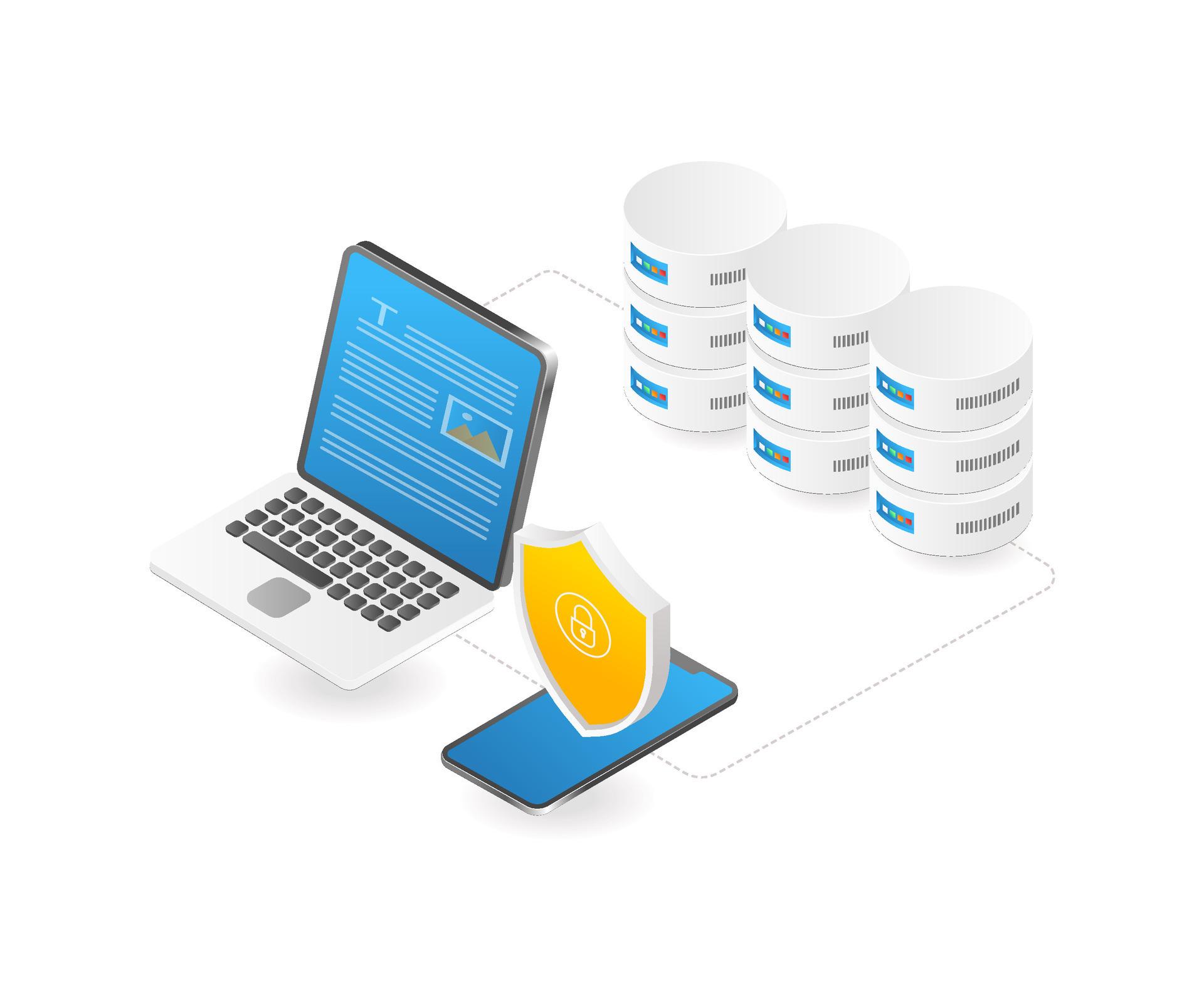What is cloud computing: A comprehensive guide to cloud computing

What is Cloud Computing?
Cloud computing has completely changed how people access and manage computer resources. Before we go into the specifics of cloud computing terminology, we should first understand how the world operated before cloud computing.
How things operated prior to cloud computing
Before cloud computing emerged, utilizing a particular service required an extensive financial investment and manual effort. For instance, in order to establish a website for the purpose of promoting your business, you are required to procure an individual web server. Alternatively, acquiring additional hard drives may be necessary if data storage or backup is required.
Evidently, the initial investment is substantial, and furthermore, its deployment is exceedingly challenging due to the requirement of advanced technical expertise. Extreme waste will result if these resources are not utilized to their utmost potential. To address these issues, the concept of cloud computing emerged about this time.
Cloud Computing Definition
"Cloud computing" basically refers to the practice of making available computer resources over the internet. As an alternative to relying on physical infrastructure, it provides access to a vast diversity of services and technology in a virtual environment. With cloud computing, everything from servers and storage to databases, networking, and software is seamlessly integrated, giving both consumers and organizations the power they need.
Characteristics of cloud computing
1. On-Demand Self-Service
Cloud computing empowers users with control and authority. By using self-service capabilities, you have the ability to allocate computer resources without the need for humans to be involved. Require extra server capacity? There is neither a problem or trouble. Interested in exploring new software? You got it. Rapidly accessing and overseeing resources allows you to foster innovation and adaptability inside your firm.
2. Broad Network Access
In the age of globalization, accessibility is crucial. Use cloud services from any device or location since they're easily available online. You may access the cloud from anywhere with an internet connection, including work, home, and cafés.
3. Resource Pooling
Cloud companies pool computer resources to efficiently cater to several consumers concurrently. This consolidation guarantees optimal exploitation of resources and enables flexible allocation according to demand. Put simply, the cloud functions as a communal platform, effectively allocating resources to individuals as required.
4. Rapid Elasticity
Consider yourself managing an e-commerce platform when, all of a sudden, a flash sale triggers a significant surge in website visitors. Without cloud computing, you'd need additional servers to meet the demand, causing downtime and financial loss. Cloud computing offers smooth resource scaling due to quick elasticity. Your infrastructure extends to meet demand at peak periods and decreases when the frenzy fades, maximizing costs and performance.
5. Measured Service
Everything is measured in the cloud. Resource use is automatically optimized and controlled by Cloud systems, giving transparency to both the providers and the consumers. Pay-as-you-go guarantees expense transparency and lets you allocate resources as efficiently as possible. With metered service, you can manage your costs and have the freedom to expand your resources as required.
Types of cloud computing services
Infrastructure as a Service (IaaS)
IaaS is essential to cloud computing. IaaS lets cloud companies provide virtual computers, storage, and networks. You may monitor and control the infrastructure while outsourcing physical maintenance and administration using this approach.
You can quickly add resources, install applications, and customize settings.
Some popular IaaS providers include Google Cloud Platform (GCP), Amazon Web Services (AWS), and Microsoft Azure.
Software as a Service (SaaS)
SaaS is a software distribution approach where a cloud provider hosts and makes applications accessible online. Independent software vendors (ISVs) may use third-party cloud providers to host SaaS applications.
SaaS offers ready-to-use software products and is the simplest cloud service.
With huge companies like Microsoft, the cloud provider may also sell software.
Platform as a Service (PaaS)
Cloud computing goes further with PaaS, which lets you design, test, and deploy programs. With PaaS, you can concentrate on app development and operation rather than technology. PaaS companies give an extensive development platform with development tools, running environments, and databases. This speeds up the process of making apps, makes deploying them easier, and makes handling the system underneath easier. PaaS is great for businesses and developers who want to boost output, make it easier for people to work together, and quickly release new apps to the market.
Popular PaaS Applications include: Heroku, Google App Engine, and Microsoft Azure App Service
Function as a Service (FaaS)
FaaS is a cloud computing version that simplifies developer workflow by removing application infrastructure maintenance. Developers use FaaS platforms to build, run, and manage application packages.
Popular FaaS Applications include: AWS Lambda, Azure Functions, and Google Cloud Functions
Cloud computing deployment models
Private Cloud
Private clouds provide a single user exclusive access to cloud infrastructure and computing resources. Private clouds combine cloud computing's flexibility, scalability, and simplicity with on-premises infrastructure's security, access, and resource customization.
By private cloud, customers host private clouds in their data centers. However, a private cloud may also be hosted on a separate cloud provider's infrastructure or constructed on leased equipment located in an offsite data center.
Private cloud meets regulatory compliance standards, thus many firms choose it over public cloud. Because their workloads contain secret documents, intellectual property, PII, medical records, financial data, or other sensitive data, some select a private cloud.
A private cloud architecture built on cloud native principles allows an enterprise to smoothly shift workloads to a public cloud or hybrid cloud.
Public Cloud
In public cloud computing, a cloud service provider makes computer resources accessible to consumers via the internet. The resources might vary from single VMs to enterprise-grade infrastructures, development platforms, and SaaS apps. Some resources are free, while others need a membership or pay-per-use approach.
Ownership, management, and accountability for data centers, hardware, and infrastructure supporting customers' workloads fall to the public cloud provider. The supplier usually provides high-bandwidth network connection for maximum performance and rapid application and data access.
The public cloud can grow to suit changing workload demands, so many organizations are moving elements of their computer infrastructure there.
Others like the promise of improved efficiency and less wasted resources because users pay for what they use. Others want to cut hardware and on-premises infrastructure costs.
Hybrid Cloud
Hybrid cloud combines public and private clouds. A hybrid cloud ideally combines an organization's own and public clouds into a flexible architecture for executing apps and workloads. Hybrid cloud allows an organization to choose the best cloud for each application or workload and move workloads freely between the two clouds as circumstances change. This helps the company achieve its technical and commercial goals more efficiently and affordably than with public or private cloud.
Multi Cloud
Multi Cloud requires two or more clouds from separate suppliers. A multi cloud environment may be created employing email and image editing SaaS from different vendors. When organizations specify multi cloud, they mean utilizing SaaS, PaaS, and IaaS services from two or more top public cloud providers.
Cloud Computing Benefits
- Cost Efficiency: Cloud enables you to reduce the expenses and resources involved in acquiring, installing, setting up, and overseeing your own physical infrastructure located on your premises.
- Scalability and Flexibility: Cloud offers flexibility, allowing you to adjust your capacity in response to fluctuations in traffic instead of buying extra capacity that remains unused during times of low activity. Additionally, you may use the expansive global network of your cloud provider to distribute your apps in proximity to consumers throughout the globe.
- Improve agility and time-to-value:Cloud computing lets your company use corporate applications in minutes instead of weeks or months for IT to react, buy and set up gear, and install software. Developers and data scientists may self-serve software and support infrastructure in Cloud.
Cloud Computing Service Examples
Popular Cloud Computing Service Providers
- Amazon Web Services (AWS)
- Microsoft Azure
- Google Cloud Platform (GCP)
Use case & Case study
- Netflix: The largest online streaming network, relies on Amazon Web Services (AWS) cloud infrastructure. Netflix uses a cloud-first strategy to release new features quickly, scale infrastructure on demand, and provide a seamless streaming experience for millions of users.
- Coca-Cola moved their customer contact and collaboration platform to Google Cloud Platform. Google's cloud services have helped Coca-Cola improve its global data analytics, supply chain efficiency, and customer experiences.
- General Electric (GE), a multinational company, used AWS and Azure to move its on-premises IT infrastructure to the cloud. GE's move increased productivity, cost savings, and digital transformation, allowing the development and deployment of IoT and analytics solutions across industries.
Conclusion
Cloud computing is a revolutionary advancement in technology and the internet. It simplifies and makes difficult things more manageable than before. However, there are significant downsides to cloud computing. Being entirely reliant on one or more infrastructures will make you docile, and you may be unable to handle adverse scenarios that happen. As a result, you must devise a practical and efficient utilization strategy.
With many years of expertise and a team of professionals in offering Cloud-related services such as Cloud server and private cloud, Axalize is convinced that we can satisfy all of your requirements. You may discover more about our services by visiting the Axalize website.


